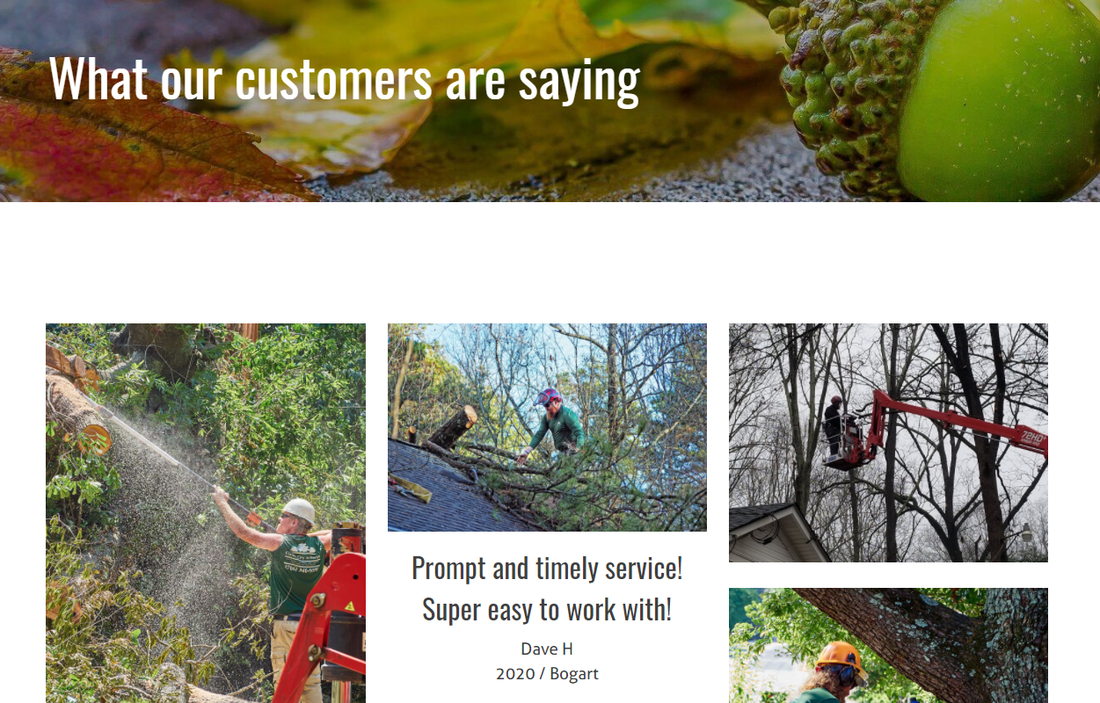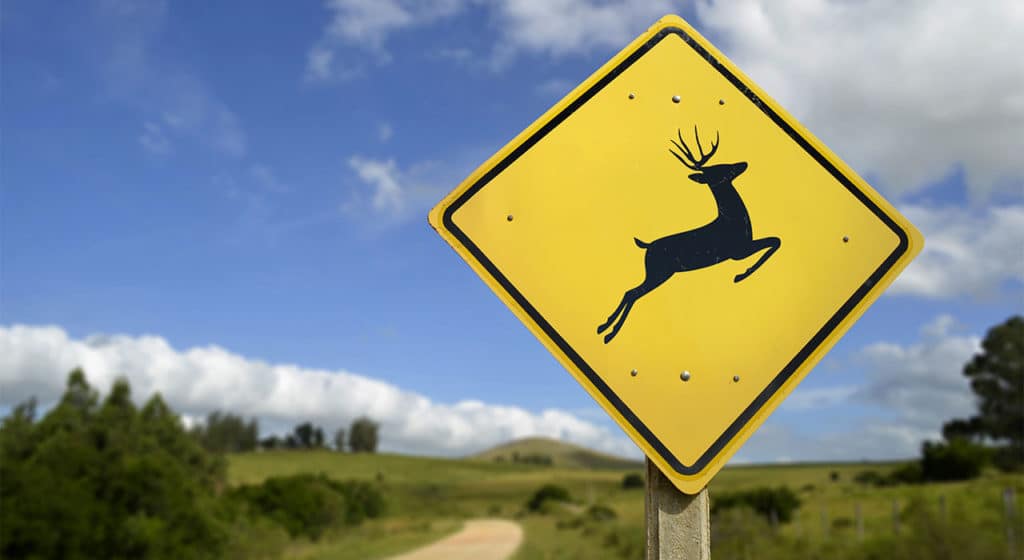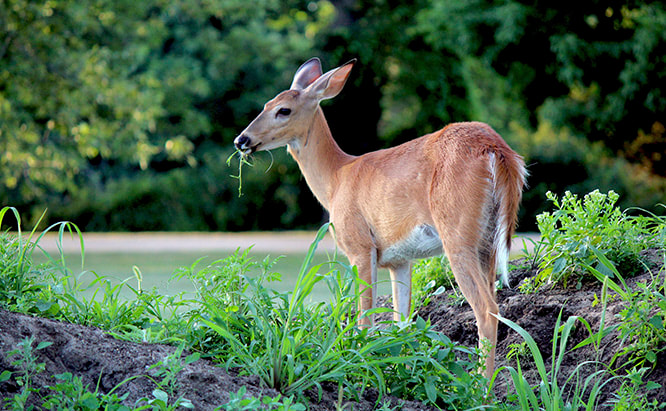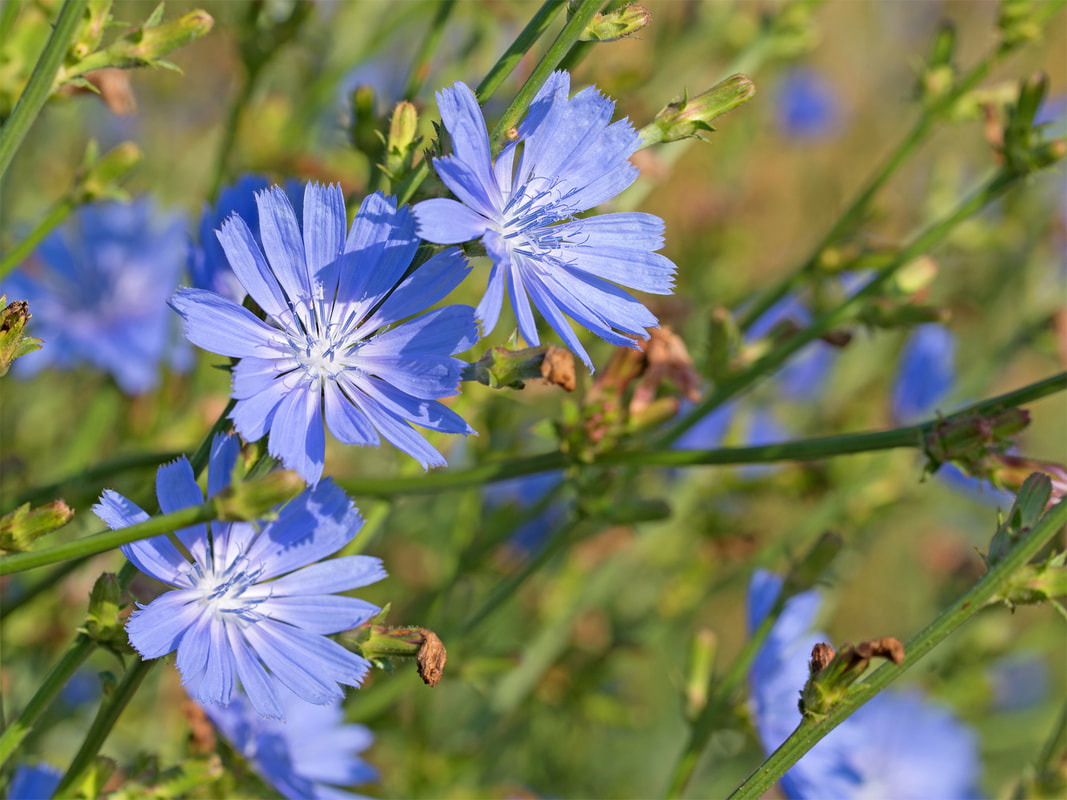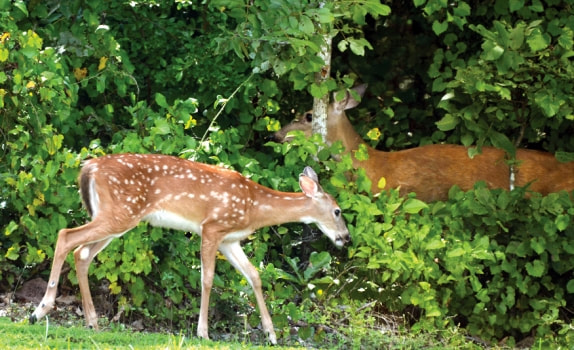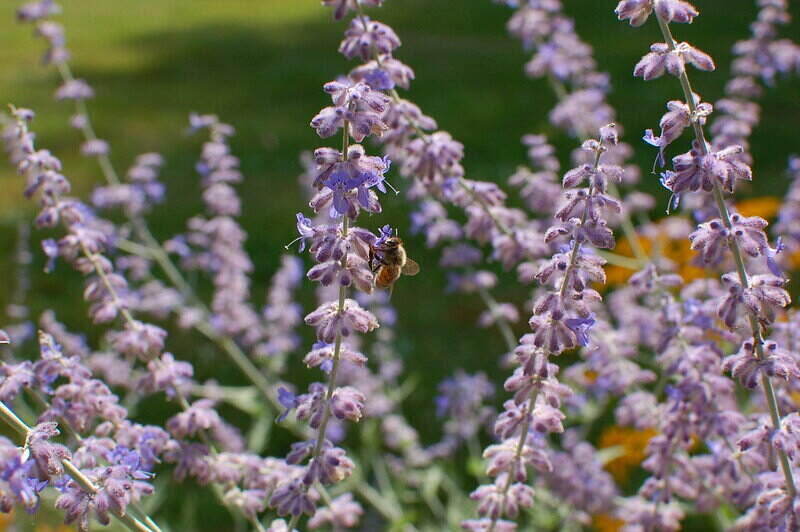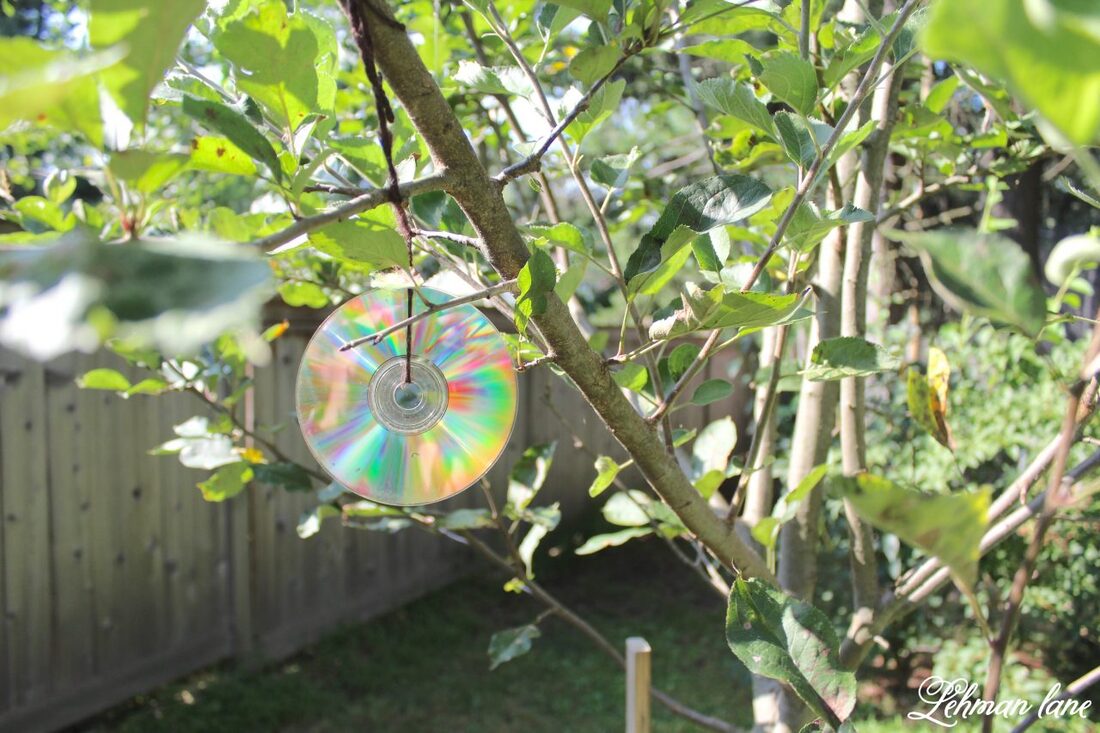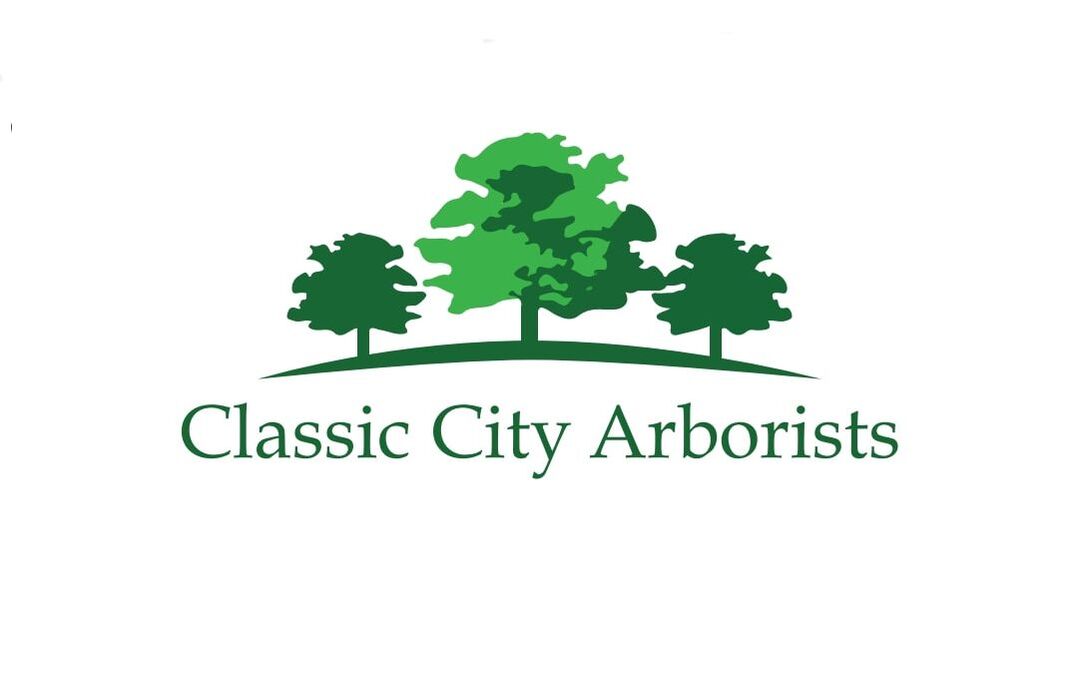|
News and Blog Articles
|
|
Whether it’s the bottom or your restaurant receipt offering a discount on your next visit if you leave some feedback at the link, or Amazon emailing you about your most recent purchase, it seems like someone is always asking you to write a review. It might seem like a trivial thing to you, but businesses—especially small businesses, like ours—thrive on reviews. At Classic City Arborists, we rely on feedback to ensure we’re doing everything we can to leave each and every customer completely satisfied. To explain why reviews are so important to us, we wanted to take some time to answer your questions: Why Should I Leave A Review?Reviews give us the kind of feedback we need to improve ourselves. Your feedback lets us know how we’re doing. Customer satisfaction is of the utmost importance to us—if you’re not happy, we’re not happy! Why Are Reviews Important?On top of helping us improve, reviews are one of the biggest ways we grow. Small businesses like ours live off word of mouth and personal recommendations, rather than targeted ads or fancy billboards. Reviews allow potential customers to get a sense of the quality of our service directly from the horse’s mouth, so to speak. In the last decade or so, reviews have become even more important. In this new technological age, people rely on customer reviews to make decisions about product purchases and service providers. The younger generations especially tend to put more of their faith in reviews than product descriptions or advertisements. Do You Actually Read Reviews?Yes! We read each and every review submitted on each and every platform, from Facebook to Google to our actual website. What About Bad Reviews?We’ll be honest: no one likes getting a bad review. But at Classic City Arborists, while we recognize that it may not be fun, we still value negative reviews. They show us what we can do better, and how we can improve moving forward. They’re also a channel for customers to let us know if they weren’t 100% happy with the work we’ve done—which gives us the chance to fix it! We want to do anything we can to make everything right. Do You Approve or Alter Reviews Before They’re Posted?We never alter a customer’s review. However, all reviews on any of our platforms do require administrative approval before they’re posted. One of the biggest reasons we do this is just so we don’t end up with any inappropriate comments. But it does also give us the chance to reach out to a dissatisfied customer, so we can try to resolve any issues. Your satisfaction is our focus, so we will do everything in our power to make sure you’re happy with the work we’ve done! How Can I Leave A Review?Leaving a review is super easy! The best places to review to help small businesses are Facebook and Google. We also have a form where you can leave a review directly on our website. There are other review platforms, of course, like the Better Business Bureau, Angie’s List, Yelp, and Nextdoor, and we’d also be happy to hear from you there. If you have trouble with any of those, or can’t figure them out, you can also submit reviews directly to our email address at [email protected]. Short blurbs like “great service!” or “friendly people!” are just as important as longer, more personal reviews of your experience, and we would be honored to read whatever you have to say. Where Can I Read Reviews?We list our most recent reviews on our website, but you can also read reviews on our Facebook page, on Google, and any of the other review platforms we already mentioned. So there you have it! Hopefully, this helps you understand why everyone is always bugging you to leave reviews, and maybe even convinced you to leave us a review yourself! Either way, thank you for taking the time to learn a little more about our small family business. If you’re interested in working with us, feel free to give us a call or schedule a free, no-strings-attached estimate! If you have any questions, concerns, or need any kind of help whatsoever, you can reach us by phone, email, or the contact form, all of which you can find on the contact tab above! AuthorEmily Casuccio is sister and sister-in-law to Rebekah and Scott Rushing, and has over half a decade of experience in copywriting, copyediting, proofreading, and developmental storyboarding. She's worked with both published and undiscovered authors on both fiction and nonfiction, and takes pride in supporting local businesses. Her passion lies in the written word and helping authors of all capacities realize their dreams and achieve their fullest potential. To learn more about her, read samples of her work, or contact her, visit her online portfolio. Sources:
The Importance of Reviews
2 Comments
As we work our way through the end of summer, we tend to hear a lot of similar concerns from our customers: how come my tree is already losing its leaves? It isn’t Fall yet, after all, and losing leaves can be a sign of interior decay, so your concern is definitely warranted. That’s why, in this article, we’re going to discuss the reasons your tree might be losing leaves at the end of summer, and whether or not you need to worry about your backyard forest. Some trees will naturally shed leaves during the summer, like live oaks and ornamental cherries. In fact, most ornamental trees, younger trees that aren’t fully established yet, and trees that are small in size are likely to drop leaves in the summer. As long as these trees still appear healthy (green leaves, bendy twigs, and new buds), and the falling leaves don’t have any leaf spots, holes, or indications of disease or infestation, then they are most likely just fine. OvergrowthSometimes, trees get a little overzealous in the spring and grow too many leaves. When summer comes, with its drying heat and reduced rainfall, your tree has to backpedal. Since it isn’t getting enough water to support all those leaves, it will let the least productive ones yellow, die, and fall off. Basically, your tree eliminates the weakest link(s). It’s pretty easy to determine if this is what’s happening with your tree—just look at the color of the fallen leaves. If they are yellowed or browned pretty evenly, with no consistent spotting, then they are definitely just the tree doing a little healthy maintenance. To help it out, consider giving it some water once or twice a week. This should stop the premature dropping and get your tree back to tip-top shape. If the leaves that fall are mostly green and appear healthy, this is the result of overcrowding, rather than lack of resources. Your tree didn’t grow more leaves than it could support; it grew too many leaves for the space it has! There’s not much to do about a tree that got too big for its britches, but rest assured that your tree is just fine. Disease, Pests, and DecayOn the other hand, if the leaves appear to be unevenly yellow, or have clear spotting or pockets, or are fully dead and dry, this might be cause for concern. There are a lot of environmental and health factors that can lead to a tree losing its leaves like this, not all of which are cause for concern. To figure out whether or not you need to worry about your tree in this case, first determine a rough percentage of how many leaves it has lost—is it closer to 10%, or 90%? If you feel like your tree has lost over half its leaves prematurely, it might be time to call your friendly neighborhood arborist. If your tree hasn’t lost more than half its leaves, the next thing to do is look at its new growth. Namely, look at the twigs and buds. Healthy twigs are bendy, and if broken, will be green on the inside. Dead twigs are dry, brittle, and dark on the inside. Buds should be some shade of green, whether pale or vibrant; dried-out buds are dead or dying. If the new growth is in good shape, then that tree is still alive and well, and there’s probably an external factor that caused the leaf drop. You can try watering once or twice a week and look for improvement. If, after a few weeks, you’re still seeing a smaller percentage of leaf drop, it might be time to call in the professionals. If the buds and twigs aren’t in such good shape, however, then at least that part of the tree you could reach is probably dead or dying as well. To check your tree for disease and decay, check out these signs that your tree might be in decline. If you think your tree might be infected, it’s definitely time to call the professionals! VerticilliumSometimes, rather than seeing leaves dropping prematurely, you see trees coloring prematurely. This isn’t always cause for concern, but keep your eye on the location. If the color is concentrated to a chunk at the crown (the top of the tree), or is clearly only along one branch, your tree might have a fungal disease called verticillium. Essentially, this disease impacts the vascular tissue of the tree and prevents water from getting where it needs to go. Verticillium is, unfortunately, usually fatal to the tree, but you’ll still probably want to have a certified arborist take a look to confirm that’s what’s happening, and assist you in figuring out how to take care of the situation. DormancySome species of tree go dormant in the late summer when the days get longer, hotter, and drier. These trees will lose most, if not all, of their leaves fairly quickly. The easiest way to tell if this is what happened to your tree is to, again, look at the new growth. If the twigs and buds look green and healthy, then your tree is still alive and just taking a little break. But if the twigs and buds are dead, your tree might also be dead, and you may need your local arborist to come examine it and determine whether or not it needs to be removed. DehydrationAnother instance of leaf loss in the summer can look like all the leaves on your tree drying out and turning brown and crunchy, seemingly overnight. They may all fall to the ground at once, or they may stay attached to the tree, even though they’re dead. This is definitely a sign that your tree just didn’t have enough water to sustain itself. A look at the twigs and buds will help you determine whether or not your tree is still alive and whether or not it can be saved. So there you have it! If you think one or more of your trees is exhibiting any of the symptoms listed in this article, or in our article on the signs of tree decline, please don’t hesitate to give us a call, shoot us an email, or request a free estimate on our website! AuthorEmily Casuccio is sister and sister-in-law to Rebekah and Scott Rushing, and has over half a decade of experience in copywriting, copyediting, proofreading, and developmental storyboarding. She's worked with both published and undiscovered authors on both fiction and nonfiction, and takes pride in supporting local businesses. Her passion lies in the written word and helping authors of all capacities realize their dreams and achieve their fullest potential. To learn more about her, read samples of her work, or contact her, visit her online portfolio. Next up for Tree of the Month is sassafras albidum. Sometimes called America’s “only native species,” and more commonly referred to as just sassafras, these trees have a wide distribution that reaches as far south as central Florida, as far west as Texas, and as far North and East as Maine. You might know them by their unique, bilobed leaves. The asymmetrical dual lobes mimic the shape of a winter mitten, and can be left- or right-handed. This prompts children to hold their hands against these leaves to compare size and see if the “mittens” will fit their hands. Though the bilobed leaves get all the attention, sassafras leaves actually come in two other shapes: unlobed and trilobed. Unlobed leaves look like simple ovals, while the trilobed ones look like a rounded-off trident. You might even find a five-lobed sassafras leaf, but this is pretty rare (and might be lucky, like finding a four-leaf clover!). Regardless of the number of lobes, all leaves of the sassafras tree are a bright green color that shines even brighter in the sunshine. Did You Know?The largest known sassafras tree in the world is over 100 feet tall! Its trunk has a 21-foot circumference. You'll find this behemoth in Owensboro, Kentucky. They generally reach around 3 to 7 inches in length, and give off a pleasant aroma when crushed or rubbed. The smell has been described as similar to things like citrus, root beer, and cinnamon. In fact, every single part of the sassafras is said to possess the scent! The fully grown sassafras is a medium-sized tree, reaching heights of 30 to 60 feet, and crown spreads of 25 to 40 feet. Slender, tapering branches grow in a generally rounded shape when left alone. They are sympodial, which means that, when the branch grows an offshoot, the main branch will end and growth will be left to the offshoot. Then, the offshoot will end and sprout another offshoot, and so on and so forth. This process creates horizontal, cloud-like tiers that are stunning to look up through. The trunk of the sassafras is rich, deep brown with red undertones and deep ridges and furrows. Without any maintenance, a sassafras trunk will grow many different shoots. This results in more width than height and the overall appearance of a large shrub. To prevent this, simply trim back any offshoots until the main trunk is firmly established. In the spring, both male and female sassafras trees will grow fat buds at the ends of their branches. These bloom into delicate, beautiful yellow flower clusters. Each six-petaled flower is generally 1 to 2 inches long, and just half an inch in diameter. The flowers on female trees will eventually produce little half-inch fruits called drupe. Drupe range from deep blues to dark blacks, and hang from a bright red stalk that makes them all the more attractive to birds, squirrels, and even deer. At the end of the summer, once the flowers have turned to fruits and the fruits have fallen or been eaten, the once-brilliant green leaves will begin to change color. First, lime greens and yellows will creep across the foliage, but the show doesn’t end there. Before long, all the leaves will reach a range of colors, like mustard golds, burnt oranges, scarlet reds, and even mahogany purples. As autumn bleeds into winter, the beautiful leaves will dry and fall to the ground—but don’t worry. They keep their color and blanket the base of the tree with a fall rainbow. This stunning display makes sassafras one of the most popular trees to plant near your home. Did You Know?Up until the early 1900s, every street corner of England would be selling a popular tea called “saloop.” The drink was made of sassafras tea mixed with milk and sugar. All parts of the sassafras tree, from the roots to the twigs to the flower petals, have been used for culinary, medicinal, and aromatic purposes. The roots and root bark supply oil of sassafras, which is used to perfume soap and flavor teas—and even root beer, though that practice was discontinued in the 60s. File powder, made from ground sassafras leaves, is a key ingredient in authentic Louisiana gumbo. If you’re interested in adding a stunning sassafras to your property, keep in mind its environmental preferences. Sassafras trees grow best in either full sun or partial shade, which means a minimum of four hours of direct, unfiltered sunlight a day. Soil composition doesn’t matter so much to these trees, and they can handle anything from loamy to acidic to sandy. They have moderate tolerance for drought and salt. AuthorEmily Casuccio is sister and sister-in-law to Rebekah and Scott Rushing, and has over half a decade of experience in copywriting, copyediting, proofreading, and developmental storyboarding. She's worked with both published and undiscovered authors on both fiction and nonfiction, and takes pride in supporting local businesses. Her passion lies in the written word and helping authors of all capacities realize their dreams and achieve their fullest potential. To learn more about her, read samples of her work, or contact her, visit her online portfolio. September is here, and we can’t wait for the cooler weather, changing leaves, and of course, Pumpkin Spice Everything! But with September comes deer season: archery starts on September 10th, and firearms on October 22th. With the hunters of our community preparing their hunting grounds and doing everything in their power to get the deer right where they want them, you’ll probably start seeing more and more deer wandering around your neighborhood. This leads to two kinds of people: those who are excited to see the deer and want to encourage them to hang around, and those who appreciate the deer but would rather they stay away from their vegetable garden. Whichever one you are, you’re in luck; we’ve compiled a list of ways you can attract or repel deer from your yard. How to Attract DeerThere are three big factors when it comes to encouraging deer to like your yard. Provide all three, and you’ll have deer wandering through on a daily basis! Feed Them, and They Will Come It might seem obvious, but the first thing you’ll want to consider cultivating to encourage deer is something they like to eat. Deer are notorious for grazing through gardens and feasting on flowerbeds, and the way to their heart is definitely through their stomach. Professional gardeners and landscapers recommend planting a specific plot of deer-attracting plants, rather than scattering them around your yard. Giving the deer a specific place to go to with a reliable and plentiful supply of food will result in more and more deer wandering to the new local hotspot. Where Should I Make It? You’ll want to keep this special garden a safe distance from your home. While deer are rarely a direct threat to humans or children, bringing them too close to where you live may result in a scare on both sides, which will discourage deer from visiting! Deer can also cause property damage in their escape attempts when confronted with a surprise, so you won’t want to lead them close to lawn ornaments, satellite dishes, or the kids’ sandbox. What Should I Plant? There’s an endless list of bushes, flowers, trees, and crops you can plant that deer would happily munch on. You can tailor your choices to what you’d like to have around your home. Are you interested in colorful flowers, or just greenery? Do you have the time to keep up with high-maintenance crops, or do you need a seed-it-and-leave-it clover field? The biggest thing to keep in mind is that deer, just like us, prefer a little variety in their diet. Try to plant a range of different things for them to choose from. You may also want to look into what plants and crops are already available to them in the area; if there’s a huge corn field just down the road, then planting corn won’t be as enticing as planting something they don’t already have easy access to. Here’s just a fraction of the plants you can consider:
Don't Forget the Water! The next thing deer will happily congregate to is a water source. This doesn’t have to look like an expensive, man-made pond or creek—anything that will collect or hold water will do. For smaller yards, consider installing a little bird bath. Change the water every week or so, and you’ll help not only the deer, but also birds, squirrels, and more. If you’ve got the land for it, a shallow trench works great for collecting rainwater rather than letting it run off. Provide Some Coverage The last thing to keep in mind as you plan out a deer garden is that deer, like many woodland animals, don’t like to be out in the open. Giving them plenty of shrubs, trees, and foliage to hide in will make them safe enough to come around often, and bring their friends! The easiest way to do this is to plant at least one food source that is foliage-heavy and/or tall. Corn, sunflowers, hydrangeas, and berry shrubs are just a few examples of deer-attracting foods you can plant that will double as cover for the skittish animals. You can also choose to plant things that aren’t necessarily known for attracting deer for the sole purpose of providing them with a place to hide. This might look like bushes, tall grasses, or even climbing vines on a trellis. How to Repel DeerDeer are elegant creatures, and we aren’t disputing their importance to the ecosystem and their value as game to feed families. But that doesn’t mean you want them around all the time. Especially when they like to eat half your garden! Deer are a year-round nuisance to gardeners and landscapers alike, but luckily, there a few different methods to help keep them away from your home. Grow Some Plants Deer Just Don’t Like An easy deterrent to the local deer population is to fill or border your yard with something they don’t want to eat. This isn’t 100% foolproof—if a deer gets hungry enough, she won’t be picky—but it’s a good way to discourage deer from wandering to the area. These kinds of plants include: lavender, catmint, garlic, chives, yarrow, and most all aromatic herbs. If you do happen to have (or want to have) any of the deer-attracting plants we mentioned earlier, there are few things you can do. Consider moving them closer to your home—if a deer has to cross a lot of open space to get to their favorite snack, they’re likely to just move on. You can also plant some deer-repelling plants around the deer-attracting ones to help disguise their presence. Level Up Your Landscaping Like we said earlier, deer are skittish animals and prefer lots of different places to hide. If you take away their cover, they’ll be less likely to linger. This can be as simple as keeping your grass cut short and pruning back excess foliage, but can also be as intensive as adding terraces or different levels to your yard. Deer don’t like to climb or walk up and down steep slopes, so adding dimension to your land is a great deterrent. You could also install fencing around your property—anything that’s tall with no gaps to see through will have deer thinking your yard isn’t worth the effort. Liquid Sprays and Repellents If you don’t want to alter your yard or do any gardening to keep deer away, another easy solution is to buy a deer repellent. These usually come in the form of sprays or droppers that deter deer by smells or pheromones. Be forewarned, however, because these can be pretty strong, and don’t smell too great to us humans, either! Kinetic and Motion Activated Anything We’ve established that deer are, by nature, skittish, so to discourage them from wandering your property, consider adding a kinetic or motion-activated ornament to your yard. These aren’t dangerous for the animals (or any animals, for that matter), but easily scary wary creatures without any input from you. Something as simple as a windchime can help, but there are also more complex devices, such as motion-activated noise and/or light makers. Any sudden movement, sound, light, or other sensory input will have deer immediately on high-alert, and they’ll high-tail it out of there. So there you have it. Whether you’re looking to encourage deer to come around or you’d rather they stay far, far away, just a few of these suggestions will ensure you’re fully prepared for the impending deer season! AuthorEmily Casuccio is sister and sister-in-law to Rebekah and Scott Rushing, and has over half a decade of experience in copywriting, copyediting, proofreading, and developmental storyboarding. She's worked with both published and undiscovered authors on both fiction and nonfiction, and takes pride in supporting local businesses. Her passion lies in the written word and helping authors of all capacities realize their dreams and achieve their fullest potential. To learn more about her, read samples of her work, or contact her, visit her online portfolio. |
Categories
All
Archives
January 2023
|
|
23 Whatever you do, work at it with all your heart, as working for the Lord, not for human masters,
24 since you know that you will receive an inheritance from the Lord as a reward. It is the Lord Christ you are serving.
Colossians 3:23-24
24 since you know that you will receive an inheritance from the Lord as a reward. It is the Lord Christ you are serving.
Colossians 3:23-24


